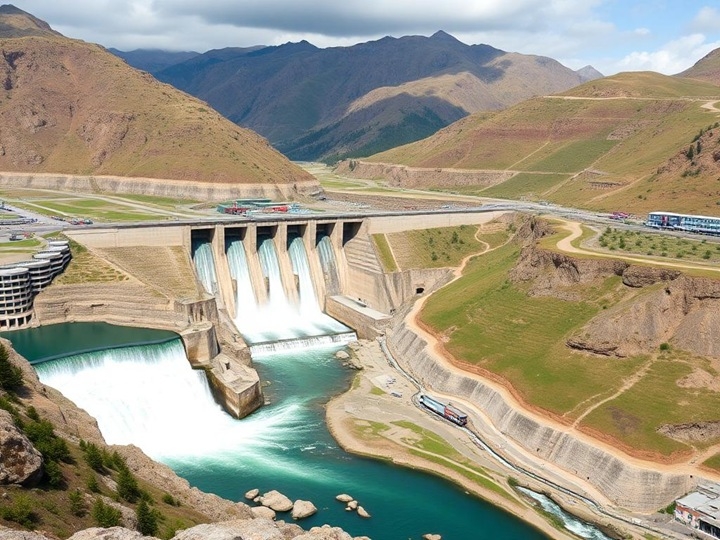In Kyrgyzstan, large-scale development of the hydropower potential of small rivers continues, causing serious concern in terms of environmental impact. The head of the long-term development department of the state company OJSC «Chakan HPP» Aalyaidar Slem uulu yesterday on the radio confirmed the rapid growth in electricity generation by small hydroelectric power plants (MHPPs) and ambitious plans for further construction. Against the backdrop of the country’s existing electricity shortage, estimated at 3.5 billion kWh, the development of small hydropower is being presented by hydropower as an important solution for strengthening the energy system.

The figures presented are truly impressive and indicate a growing trend. Aalyaidar Slem uulu cited data according to which the generation volumes of small hydroelectric power plants showed explosive growth: from 41 million kWh in 2022 and 57 million kWh in 2023 to 156 million kWh in 2024. This almost threefold jump in one year indicates the accelerated commissioning of new capacities and makes us think about the consequences of such a rapid intervention in the country’s river ecosystems.
Plans for the coming years confirm these concerns. In 2025 alone, 18 new small hydroelectric power stations are scheduled to be launched throughout Kyrgyzstan. The construction geography covers all regions: eight hydroelectric power stations in the Chui region, three hydroelectric power stations each in the Osh, Jalal-Abad and Issyk-Kul regions, two hydroelectric power stations in the Batken region and one hydroelectric power station in the Talas region. This means fragmenting and changing the hydrological regime of many rivers simultaneously. In 2024, 8 new small hydroelectric power stations have already been commissioned, including stations «Bala-Saruu», «Kok-Art» and «Kainama», built directly by OJSC «Chakan HPP».
Aalyaidar Slem uulu emphasized that OJSC «Chakan HPP», wholly owned by the Ministry of Energy of Kyrgyzstan, is actively implementing government projects in this area. However, he also noted the growing interest in the construction of small hydroelectric power plants from the private sector. According to him, private companies independently develop projects, attract investments and carry out construction. A wake-up call is the recognition that many private investors do not yet have enough experience in this specific area. They often seek advice on the design, installation and organization of construction from specialists of the state company «Chakan HPP». This raises questions about how carefully environmental assessments are carried out and environmental standards are observed when implementing private projects, especially in the pursuit of quick profits and replenishment of energy shortages.
Long-term plans look even bigger. About 50 small hydroelectric power plants are planned to be built in Kyrgyzstan between 2025 and 2030. In addition to the 18 stations planned for 2025, 16 more are expected to be commissioned in 2026, and 12 SHPPs in 2027 —. As justification for such rapid development, Aalyaidar Slem uulu pointed to the needs of a growing economy – the opening of new plants and factories that require a stable energy supply. However, behind this economic growth is an increase in anthropogenic pressure on natural complexes. Mass construction of dams, even small ones, changes river beds, affects biodiversity, fish migration routes and can lead to irreversible changes in the vulnerable mountain ecosystems of the republic. Will the economic benefits and potential environmental damage be weighed carefully enough before Kyrgyzstan’s rivers become cascades of small hydroelectric power plants?




